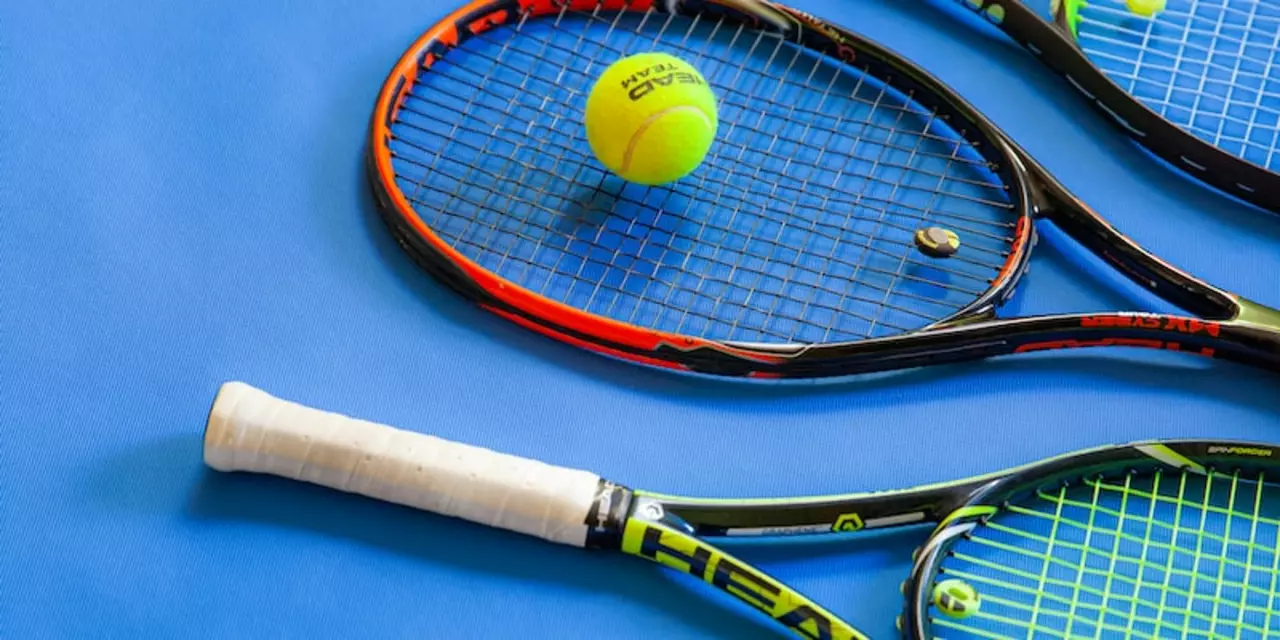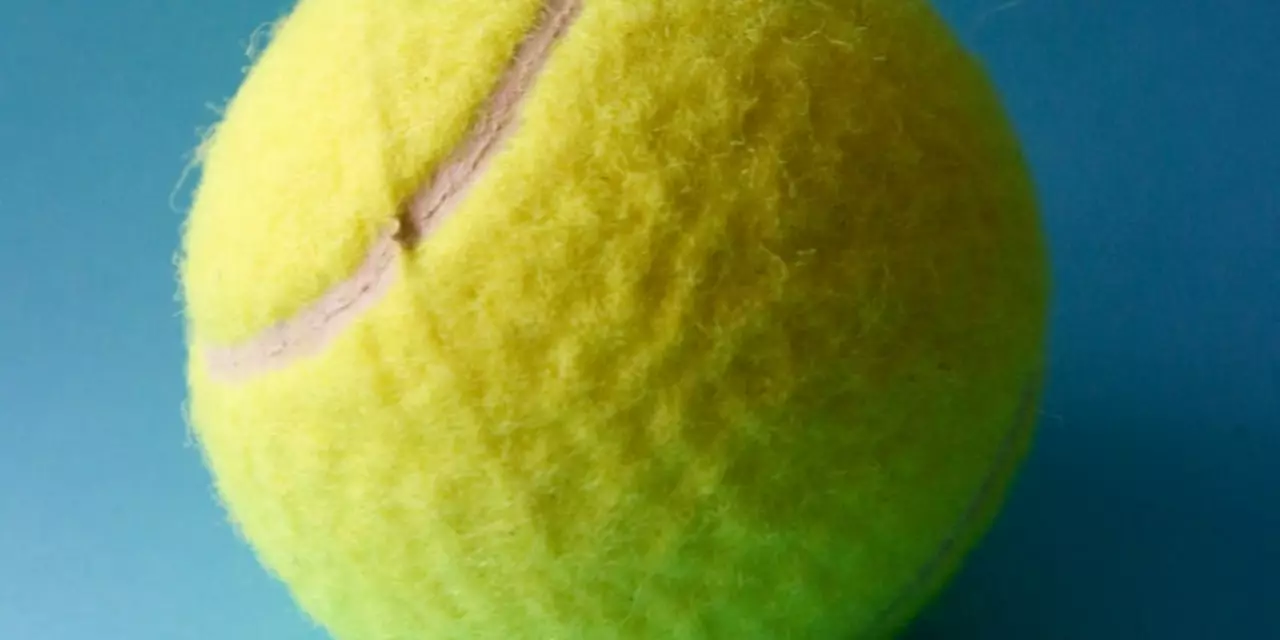What the February 2023 Archive Tells You About Gloucestershire Tennis
If you’ve landed on the February 2023 archive, you might wonder why there are no posts listed. The short answer: we didn’t publish any new articles that month. The longer answer is that the archive still serves a purpose – it shows you exactly when we were quiet, and it points you toward the active parts of our site.
Archives are like a calendar for our blog. Each month gets its own page, and when there’s content, you’ll see titles, dates, and short excerpts. When the list is empty, it simply means we had a quiet period. That can happen for many reasons: a break in the tournament schedule, a pause for new coaching programs, or just a short stretch where we were focusing on behind‑the‑scenes work.
Why an Empty Archive Still Matters
Even an empty archive tells you something useful. It shows you that our posting schedule isn’t forced; we aim to share news when there’s something worth sharing. That means you can trust that when an article appears, it’s relevant and timely. It also helps search engines understand the flow of content on the site, which can improve how our pages rank.
For members of the Gloucestershire tennis community, the empty February slot signals that you might want to look at surrounding months for updates. December 2022 wrapped up the indoor season, and March 2023 kicked off the spring tournaments. Checking those months will give you a clear picture of what’s happening on the courts.
Where to Find the Latest Tennis Action
Don’t let a blank February page stop you from staying in the loop. Here are a few places you can get the latest info:
- News section: Our main news feed is updated weekly with match results, club announcements, and coaching tips.
- Events calendar: The calendar lists every tournament, social meet‑up, and training camp in Gloucestershire. Pop in the dates that work for you.
- Newsletter signup: Subscribe to our email roundup. We send a concise digest every Thursday, pulling together the most important headlines.
- Social media: Follow us on Facebook and Instagram for real‑time updates, photo highlights, and live Q&A sessions with local pros.
All of these resources are kept current, so you’ll never miss a chance to swing a racket, join a lesson, or cheer on a local player.
If you’re new to the area or just getting back into the game, consider checking out our coaching programmes. We run beginner, intermediate, and advanced sessions throughout the year, and the schedules are posted in the Events calendar.
Finally, if you have ideas for content—maybe a club story you’d like us to cover, a tournament you think deserves a preview, or a coaching tip you swear by—drop us a line. An empty archive can become a filled one as soon as we hear from you.
So while February 2023 didn’t bring a blog post, the rest of the site is brimming with useful information. Use the links above, explore the surrounding months, and stay connected with the Gloucestershire tennis community. Your next great match could be just a click away.
Sports News

Will tennis be able to cope once the big 4 retire?
Tennis is currently dominated by the 'big 4' players - Roger Federer, Rafael Nadal, Novak Djokovic and Andy Murray. However, with all of them now in their 30s, the sport must soon look ahead to the future. This article examines how tennis may fare once the big 4 retire. It suggests that the quality of the sport will diminish as the big 4's aura and achievements will be hard to replicate. Young players must now step up and take their place in order for the sport to survive. It is clear that tennis must soon look to the post-big 4 era, in order to ensure a bright and successful future.
Biography

O que fez Roger Federer ter sucesso?
Roger Federer is widely considered one of the greatest tennis players of all time, having had an astonishing career that has spanned more than two decades. This article looks at the factors that have contributed to his success. Firstly, his athleticism has been key, as he is able to move around the court quickly to reach shots that would be impossible for other players. Secondly, his mental game has been unparalleled, as he is able to remain calm and composed under pressure. Thirdly, his dedication to the game has been immense, as he spends countless hours training and perfecting his technique. Finally, his passion for the game has kept him motivated and driven to exceed himself. These four factors have helped shape his extraordinary career and make him one of the most successful tennis players ever.
Tennis Tips and Techniques

How do you put spin on a tennis ball?
Spin is an essential element of modern tennis, allowing players to hit the ball with more control and power. It is created by brushing the ball with the racket strings and is determined by the angle of the racket face, racket speed, and contact point on the ball. Adding spin to a tennis ball requires a combination of the correct technique, timing, and practice. To properly put spin on the ball, players should use a continental grip and make contact with the ball during their swing's upward motion. They should also use a brushing motion and rotate their wrist to create a topspin or slice. With practice and experience, players can perfect their spin technique and use it to their advantage.

How does a tennis elbow brace work?
A tennis elbow brace is a device used to provide support and stability to the elbow joint and tendons in order to reduce pain and inflammation associated with tennis elbow. It typically consists of a neoprene or neoprene-like sleeve with a flexible material that wraps around the forearm and elbow, providing compression and support. The brace also often has a strap or other material that can be tightened to provide additional support for the elbow. Keywords: tennis elbow brace, support, stability, pain, inflammation.